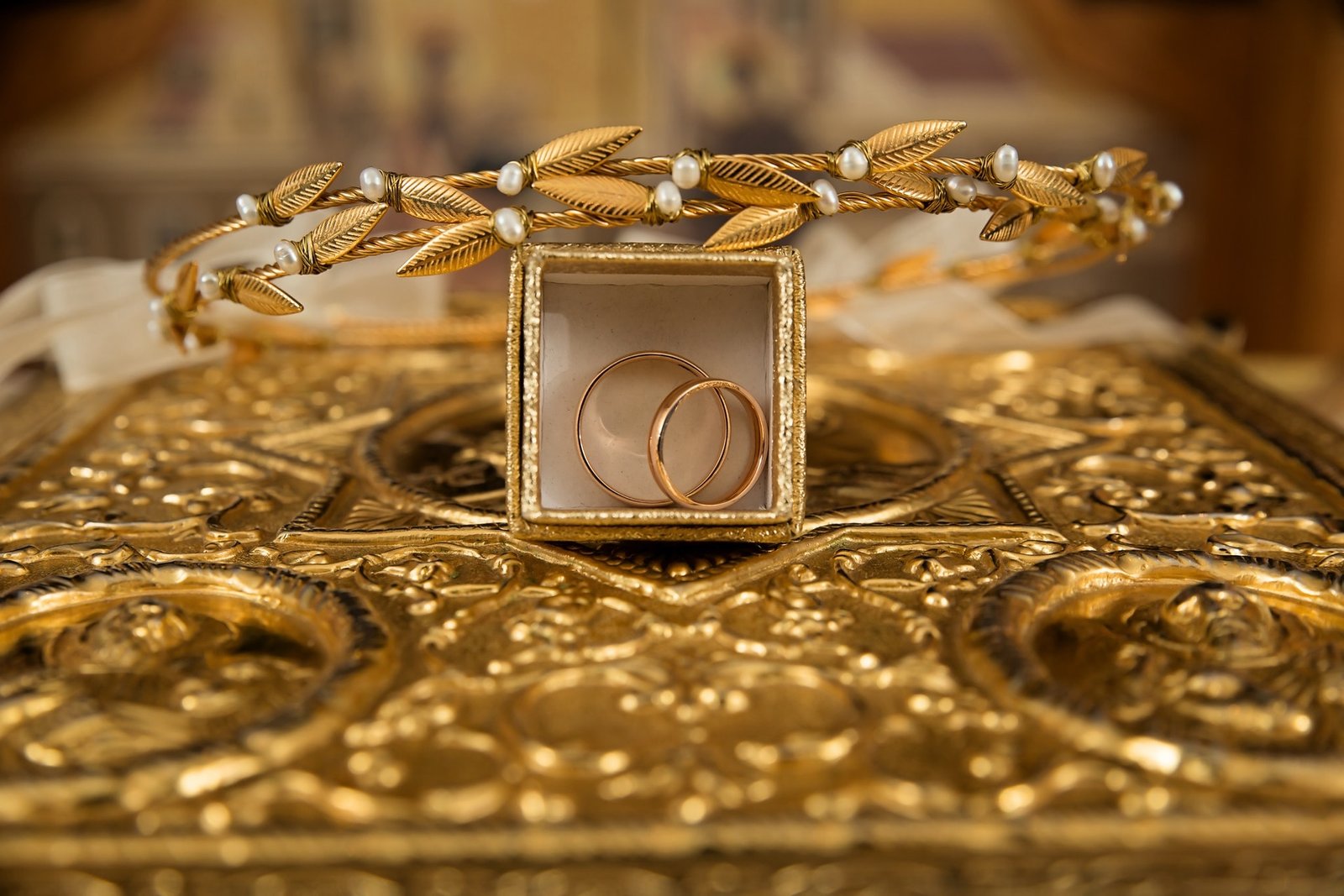Your Guide to Gold Purity

You probably have a basic idea of how to determine the value of a gold chain jewelry. The higher the karat, the more valuable and expensive a gold is. But there’s is more to it than that, and a higher karat gold does not always mean it’s the best choice for aesthetic and practical purposes. Below, we delve into some of the differences between gold, based on their purity and durability.
Understanding gold
Gold is a highly valued metal because of its financial value (that makes it a popular investment), and its unique luster. It is also seen as a symbol of wealth, as this precious metal rarely comes cheap.
Because of its rarity and attractiveness, gold is used to make
Gold comes in varying levels of purity, which dictates the level of malleability. For example, a 100% pure gold is very soft, delicate, and can be easily pounded into many shapes and design, while lower karat gold is more durable and harder to manipulate.
Common Uses for Gold
Jewelry
The most common way gold reaches consumers is through jewelries. Each year, approximately 78% of gold produced in different parts of the globe is made into jewelry.
Electronics and computers
A small amount of gold is used in electronic devices to serve as a conductor for carrying low voltages and currents so they remain free of corrosion.
Dentistry
In dentistry, gold is used either as a pure metal or alloyed together with other metals. As a pure metal, it is used for teeth restoration; when combined with base metal, it makes for the best bridges and crowns, as it is
Different Types of Gold Karats
Karat is the unit used to measure the purity of gold. You may have heard of a 22-karat, and 14-karat gold, and wondering what are the differences between those numbers. To put it simply, a high karat number indicates a higher level of gold purity, with 24k having the highest purity level at 99.9% pure gold. Lower karat numbers, on the other hand, mean a lower gold content, and a high content of alloy and other metals.
Common gold purities:
24K gold – This has a fineness level of 990, and gold content of 99.9%. You will find that 24k gold is rare, so expect to pay a steep price if you find one.
22K gold – This has a 91.6% gold content, and 9% other metals. It is not as soft as a 24k gold jewelry, so you get a little more durability, while still wearing gold in brilliant color
18K gold – Contains 75.0% gold, and 25% base metals, 18k gold jewelries are common in Portugal and Italy. It is not too soft, and is purer than lower-karat gold so it is less likely to cause an allergic reaction.
14K gold – 58% gold content. This has higher alloy content compared with 18k gold so this will not wear down easily
10K gold– This has 41.7% gold content. Many rings, bracelets and necklaces in North America are made with 10k gold material. Durable and priced lower.
9K gold – With a gold content of 37.5%, this is popular choice for people on a budget. 9K gold jewelries are not common in the US as the legal minimum standard for gold there is 10k. This lacks in gold purity level, but is quite tough to last you a long time.
Now you should have a pretty solid understanding of gold, its purity, and some uses for gold that you may not have realized.
If you are still not sure about your gold selection, and which option may be the best for you, speaking with an expert such as Fraser Ross or even your local jewellery store can really help you be certain that you are making the right decision.





